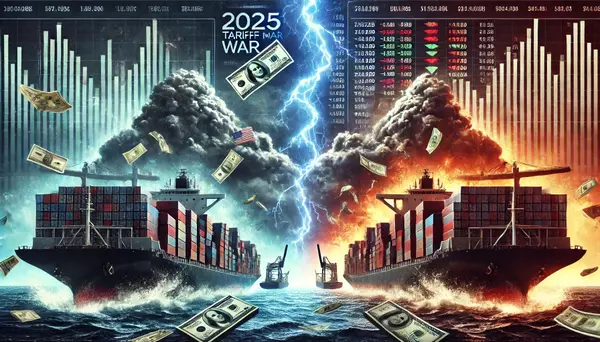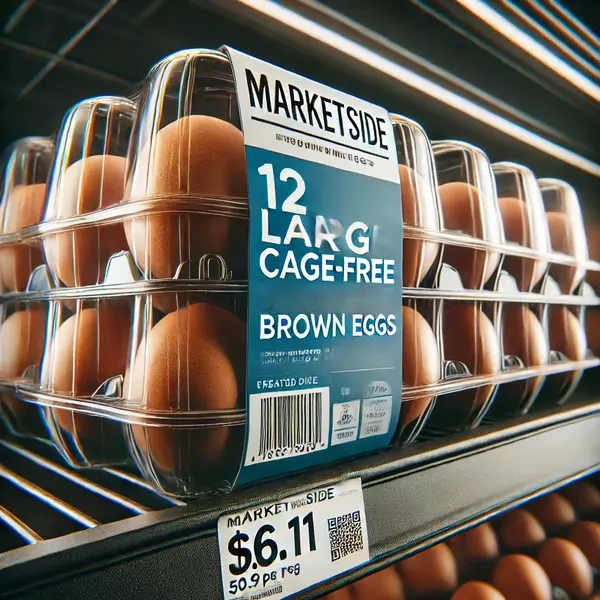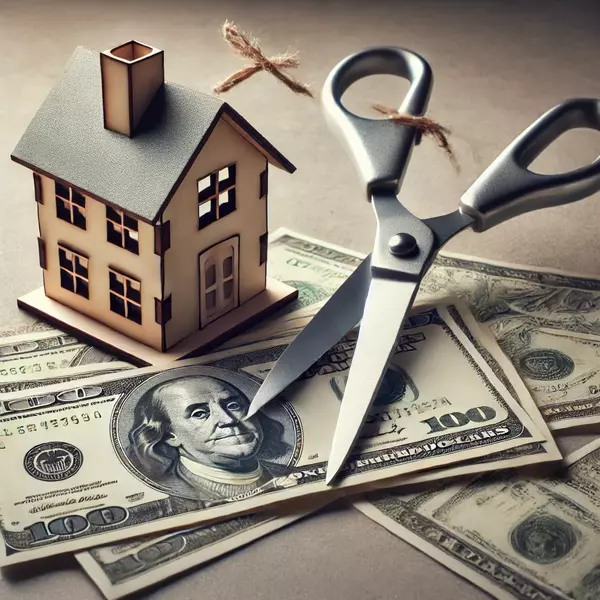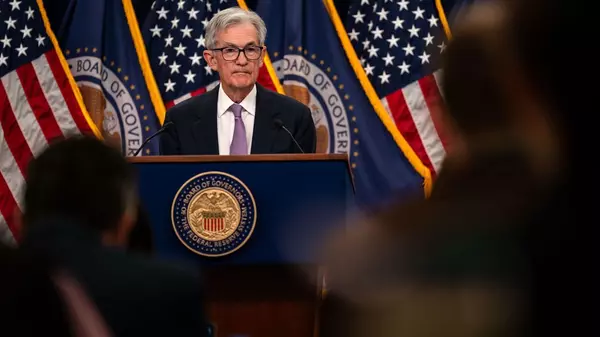10 Key Signs of Inflation to Watch Out For

10 Key Signs of Inflation to Watch Out For
In today's economic landscape, understanding the signs of inflation is crucial for both individuals and businesses. Inflation can significantly impact our purchasing power and financial decisions. Here are ten key indicators that could signal rising inflation:
1. Rising Prices of Goods and Services
The most obvious sign of inflation is a consistent increase in the prices of everyday items and services. When you notice your grocery bill creeping up or service costs steadily rising, it might be time to pay attention.
2. Supply Chain Disruptions
Interruptions in global or local supply chains can create imbalances between supply and demand, potentially fueling inflation. Keep an eye on news about shortages or delays in various industries.
3. Increased Shipping Costs
Higher prices for shipping, both domestically and internationally, can be an early warning sign of inflationary pressures. These costs often get passed down to consumers.
4. Commodity Price Increases
While not currently a major concern, sharp rises in raw material prices like copper or lumber can indicate brewing inflation. These increases often ripple through the economy.
5. Wage Growth
As workers demand higher wages to keep up with anticipated price increases, it can contribute to a wage-price spiral, further driving inflation.
6. Strong Economic Momentum
Robust business activity and increased new orders, as reflected in purchasing managers' indices, can suggest building inflationary pressures.
7. Rising Production Costs
When businesses face higher costs for inputs like oil or raw materials, they may pass these on to consumers, leading to cost-push inflation.
8. Accelerating Prices Paid by Businesses
A high "prices paid" component in economic surveys can be a leading indicator of inflation, as businesses often pass these costs to consumers.
9. Increased Consumer Demand
When demand for goods and services outpaces supply, it can create upward pressure on prices, potentially leading to demand-pull inflation.
10. Expectations of Inflation
Perhaps most importantly, if consumers and businesses expect prices to rise, they may change their behavior in ways that actually fuel inflation.
While these signs can indicate potential inflation, they don't guarantee it. Central banks and governments closely monitor these indicators to manage inflation through monetary policy and other measures. By staying informed about these signs, you can better prepare for potential economic changes and make more informed financial decisions.
Remember, if you're concerned about inflation, consider consulting with a financial advisor to discuss strategies for protecting your purchasing power and investments.
Recent Posts







GET MORE INFORMATION

